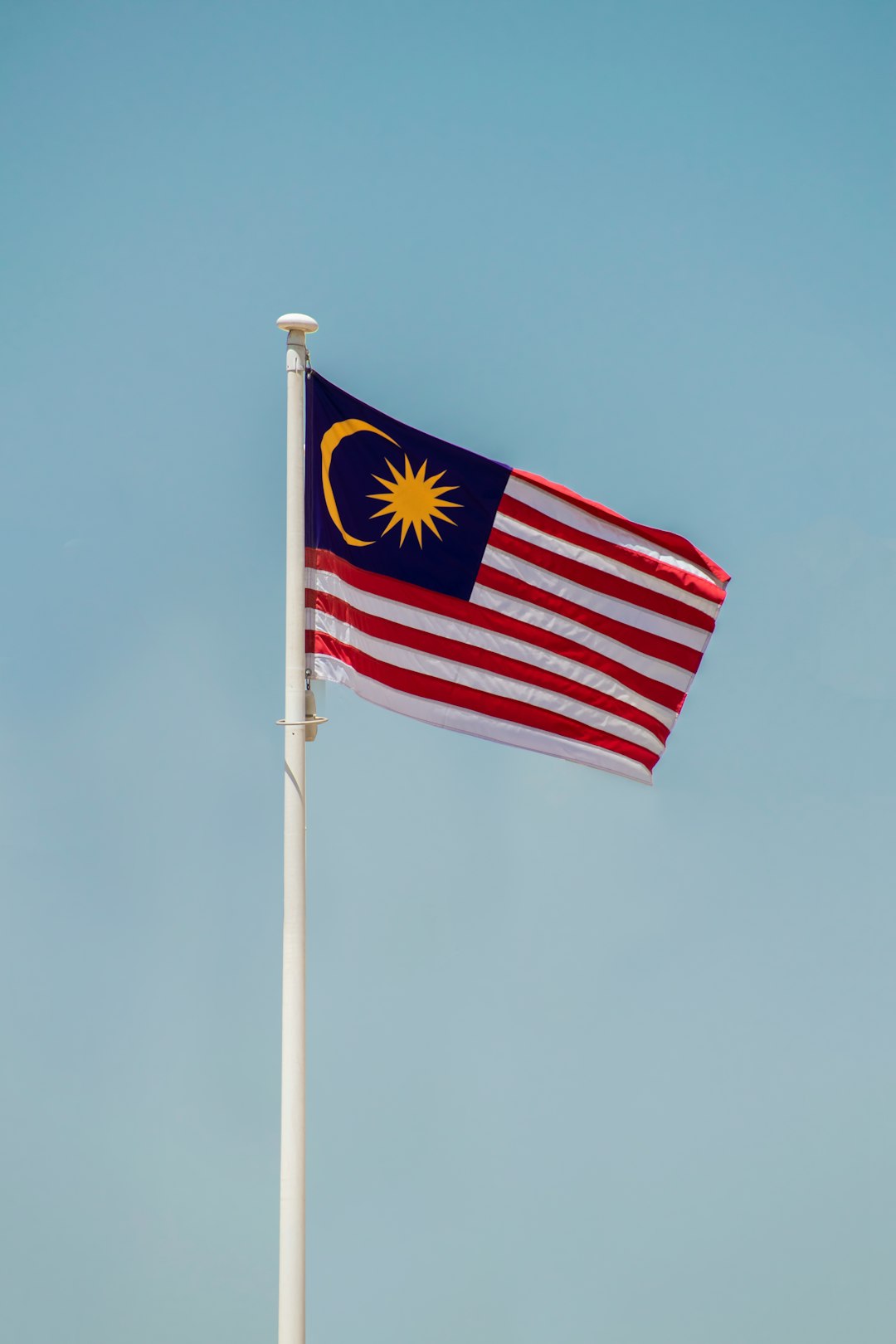Malaysia: A Comprehensive Overview
Malaysia is a Southeast Asian nation known for its cultural diversity, stunning landscapes, economic dynamism, and unique blend of tradition and modernity. Spread across the Malay Peninsula and the island of Borneo, Malaysia stands as a country rich in history, natural resources, and global connections. This article provides a detailed look at the geography, demographics, history, economy, culture, and key statistics of Malaysia.
Table of Contents
- Geography and Climate
- History and Politics
- Demographics and Languages
- Economy
- Education and Healthcare
- Culture and Tourism
- Malaysia in Statistics
- Conclusion
Geography and Climate
Malaysia is geographically divided into two regions:
- Peninsular Malaysia (West Malaysia): Shares borders with Thailand and is separated from Singapore by the Johor Strait.
- East Malaysia (Malaysian Borneo): Comprising the states of Sabah and Sarawak, located on the island of Borneo.
Surrounded by the South China Sea, Malaysia boasts over 4,600 km of coastline and a vast array of tropical rainforests, mountains, and islands.
| Region | Key Features | Major Cities |
|---|---|---|
| Peninsular Malaysia | Highlands, Urban Centers, Coastline | Kuala Lumpur, Johor Bahru |
| East Malaysia | Rainforests, Biodiversity, Oilfields | Kota Kinabalu, Kuching |
The climate is equatorial: hot and humid year-round, with average temperatures of 27°C, and two monsoon seasons (May–September and November–March).
History and Politics
Historical Timeline
- Early History: Influenced by Indian, Chinese, and indigenous cultures; early Malay kingdoms like Srivijaya and Malacca.
- Colonial Era: Colonized by the Portuguese, Dutch, and finally the British from the 16th to 20th centuries.
- Japanese Occupation: During WWII (1942–1945).
- Independence: Gained independence from Britain on 31 August 1957 (Peninsular), forming Malaysia with Sabah, Sarawak, and Singapore in 1963 (Singapore separated in 1965).
Political Structure
Malaysia is a federal constitutional monarchy. It has 13 states and 3 federal territories. The head of state is the Yang di-Pertuan Agong (King), elected from among the hereditary rulers of the Malay states for a five-year term. The government is based on a parliamentary democracy, with the Prime Minister as the head of government.
Demographics and Languages
Malaysia's population, estimated at over 33 million (2024), is noted for its ethnic diversity:
| Ethnic Group | Percentage (%) | Description |
|---|---|---|
| Malay | 69 | Muslim, indigenous to region |
| Chinese | 23 | Buddhist, Christian, etc. |
| Indian | 7 | Hindu, Christian, Muslim |
| Indigenous | 1 | Various native groups |
| Others | <1 | Expatriates, mixed |
Official Language: Malay (Bahasa Malaysia)
Other Languages: English, Chinese (Mandarin, Cantonese, Hokkien), Tamil, Indigenous languages
Major Religions: Islam (official), Buddhism, Christianity, Hinduism, and others.
Economy
Malaysia has developed from a producer of raw materials (rubber, tin) to a diverse, export-driven economy. It is classified as an upper-middle-income country.
Key Economic Sectors
| Sector | Contribution to GDP (%) | Description |
|---|---|---|
| Services | 56 | Finance, tourism, retail |
| Manufacturing | 23 | Electronics, automotive, F&B |
| Agriculture | 7 | Palm oil, rubber, timber |
| Mining | 8 | Petroleum, natural gas |
Major trading partners include China, Singapore, the U.S., Japan, and Thailand. Malaysia is globally known for its palm oil, electronics, and petroleum exports.
Economic Indicators (2023 estimates)
| Indicator | Value |
|---|---|
| GDP (nominal) | USD 434 billion |
| GDP per capita | USD 13,300 |
| Unemployment Rate | 3.5% |
| Inflation Rate | 2.8% |
Education and Healthcare
Education:
Malaysia's education system consists of primary, secondary, and tertiary levels. It has a mix of public and private institutions, and is famous for international education hubs like Universiti Malaya and Universiti Kebangsaan Malaysia.
Healthcare:
Malaysia boasts an efficient healthcare system with both public and private sectors. Universal health coverage exists, with relatively low costs and high standards, making Malaysia a destination for medical tourism.
Culture and Tourism
Malaysia is a melting pot of cultures, reflected in its festivals, architecture, and cuisine.
Festivals
- Hari Raya Aidilfitri (Eid al-Fitr) – Malay Muslims
- Chinese New Year – Ethnic Chinese
- Deepavali – Indian Hindus
- Gawai Dayak – East Malaysian indigenous
Tourism Highlights
| Attraction | Location | Description |
|---|---|---|
| Petronas Twin Towers | Kuala Lumpur | Tallest twin towers in the world |
| Langkawi Islands | Kedah | Beaches, resorts, geopark |
| Mount Kinabalu | Sabah, Borneo | Highest peak in SE Asia |
| Penang | Penang Island | Historic Georgetown, street food |
| Borneo Rainforests | Sabah & Sarawak | Wildlife, orangutans, caves |
| Taman Negara | Peninsular Malaysia | Oldest tropical rainforest, eco-adventures |
Malaysia in Statistics
| Indicator | Figure |
|---|---|
| Area | 330,803 km² |
| Population (2024) | ~33.7 million |
| Capital | Kuala Lumpur |
| Official Religion | Islam |
| Currency | Ringgit (MYR) |
| Time Zone | GMT+8 |
| Literacy Rate | 94% |
| Internet Penetration | 89% |
Conclusion
Malaysia stands as a vibrant, multicultural nation with a strategic economic position, rich biodiversity, progressive infrastructure, and a harmonious social fabric. Its ongoing transformation, from a colonial outpost to a globally recognized economy, underscores its potential and resilience. For visitors and investors alike, Malaysia offers a unique blend of Southeast Asian charm and modern convenience.
Further Reading:
This article provides a snapshot of Malaysia as of mid-2024.
